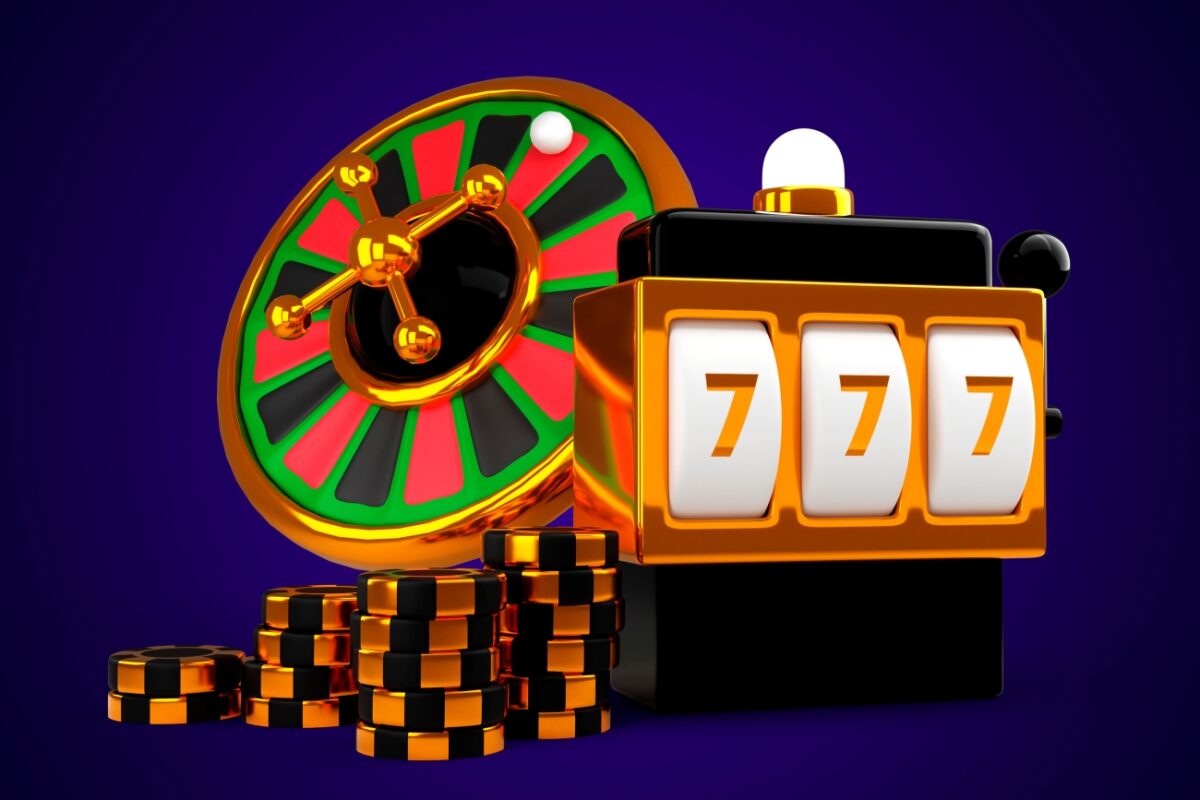Slot volatility, also known as variance, is a crucial concept for any player looking to make the most of their experience with online slots. Whether you’re new to the world of slots or a seasoned player, understanding the differences between low-risk and high-risk slots can dramatically improve your strategy and overall enjoyment. In this article, we’ll break down the concept of slot volatility, explain the pros and cons of both low and high-risk slots, and help you decide which is the best option for your gaming style.
What is Slot Volatility?
Slot volatility refers to the level of risk and reward associated with a particular slot game. Essentially, it measures how frequently and how much a slot machine is likely to pay out. There are three general categories of volatility: low, medium, and high. However, for the purposes of this guide, we will focus on the two extremes — low-volatility and high-volatility slots.
- Low-Volatility Slots: These slots offer frequent but smaller payouts. Players can expect consistent wins, but the amounts tend to be modest. Low-risk slots are ideal for players who want to stretch their bankroll and enjoy longer playing sessions.
- High-Volatility Slots: High-volatility slots, on the other hand, are for players who enjoy big thrills and the chance for massive payouts. The downside is that wins are much less frequent, and players can go long periods without hitting a significant reward. However, when a high-volatility slot pays out, the rewards can be life-changing.
Low-Volatility Slots: Pros and Cons
Pros:
- Consistent Wins
Low-volatility slots are perfect for players who prefer frequent wins and want to avoid long losing streaks. You may not hit any massive jackpots, but you’ll win enough to keep your balance ticking over. - Longer Playtime
If you enjoy prolonged gaming sessions, low-volatility slots allow you to play for extended periods with a minimal risk of losing your bankroll quickly. This is ideal for casual players who like to bet conservatively. - Less Stressful Experience
Since low-volatility slots provide more frequent wins, players often experience a lower level of stress. There’s less frustration from long periods without payouts, which makes these games more suitable for those who want a relaxed, entertaining experience.
Cons:
- Lower Payouts
The biggest downside to low-volatility slots is that while you win more often, the payouts are typically much smaller. You’re unlikely to hit the massive jackpots that can come from high-volatility games. - Limited Jackpot Potential
For players chasing big wins, low-volatility slots can feel underwhelming, as they rarely offer the thrill of hitting life-changing sums. These slots are better for those who prefer stability over chasing dreams.
High-Volatility Slots: Pros and Cons
Pros:
- Massive Win Potential
The main appeal of high-volatility slots is the chance to hit big payouts. These games are designed to deliver substantial rewards to players who are willing to take on the risk. If you’re lucky, you could land a win worth hundreds or even thousands of times your original stake. - Exciting Gameplay
High-volatility slots often come with exciting bonus features like free spins, multipliers, and wilds, which add layers of anticipation and excitement. The thrill of chasing a big win can make these games highly engaging. - Potential for Huge Jackpots
Some high-volatility slots are tied to progressive jackpots, which means the jackpot grows every time a player spins without hitting it. This can lead to life-altering sums of money if you manage to strike gold.
Cons:
- Infrequent Wins
One of the major downsides of high-volatility slots is the long dry spells between wins. It’s not uncommon to spin hundreds of times without hitting a significant payout, which can be frustrating for players without a large bankroll. - Higher Risk
These slots are designed for players who are comfortable with taking greater financial risks. If you don’t have a substantial bankroll or if you’re not prepared for potential losing streaks, high-volatility slots may not be for you. - Shorter Playtime
Due to the higher risk, your bankroll can run out faster on high-volatility slots. This is particularly true if you’re chasing a big win and going through long periods of losing spins.
Which Slot Type is Best for You?
Choosing between low and high-volatility slots depends largely on your playing style, budget, and goals:
- If you’re a casual player looking for a more relaxed experience and prefer to play longer sessions with smaller risks, then low-volatility slots are your best option. You’ll enjoy frequent wins that keep the game fun without quickly draining your balance.
- If you’re a high roller or a player who enjoys the adrenaline rush of chasing big payouts and are prepared for the risk, then high-volatility slots are a perfect fit. You’ll need patience and a healthy bankroll, but the rewards can be substantial.
For example, if you’re looking for slots with varying levels of risk, you can explore some of the Bonus Buy slots available on many online casinos, which often let you choose between lower and higher volatility modes depending on how you like to play.
Conclusion
Understanding the volatility of slot games is essential for any player aiming to improve their online gambling experience. Low-volatility slots offer frequent wins and longer playtimes, making them ideal for casual gamers. On the other hand, high-volatility slots provide the thrill of chasing huge payouts but come with higher risks and less frequent rewards. By knowing your gaming preferences and bankroll limits, you can make an informed decision on which type of slot game suits your style.
